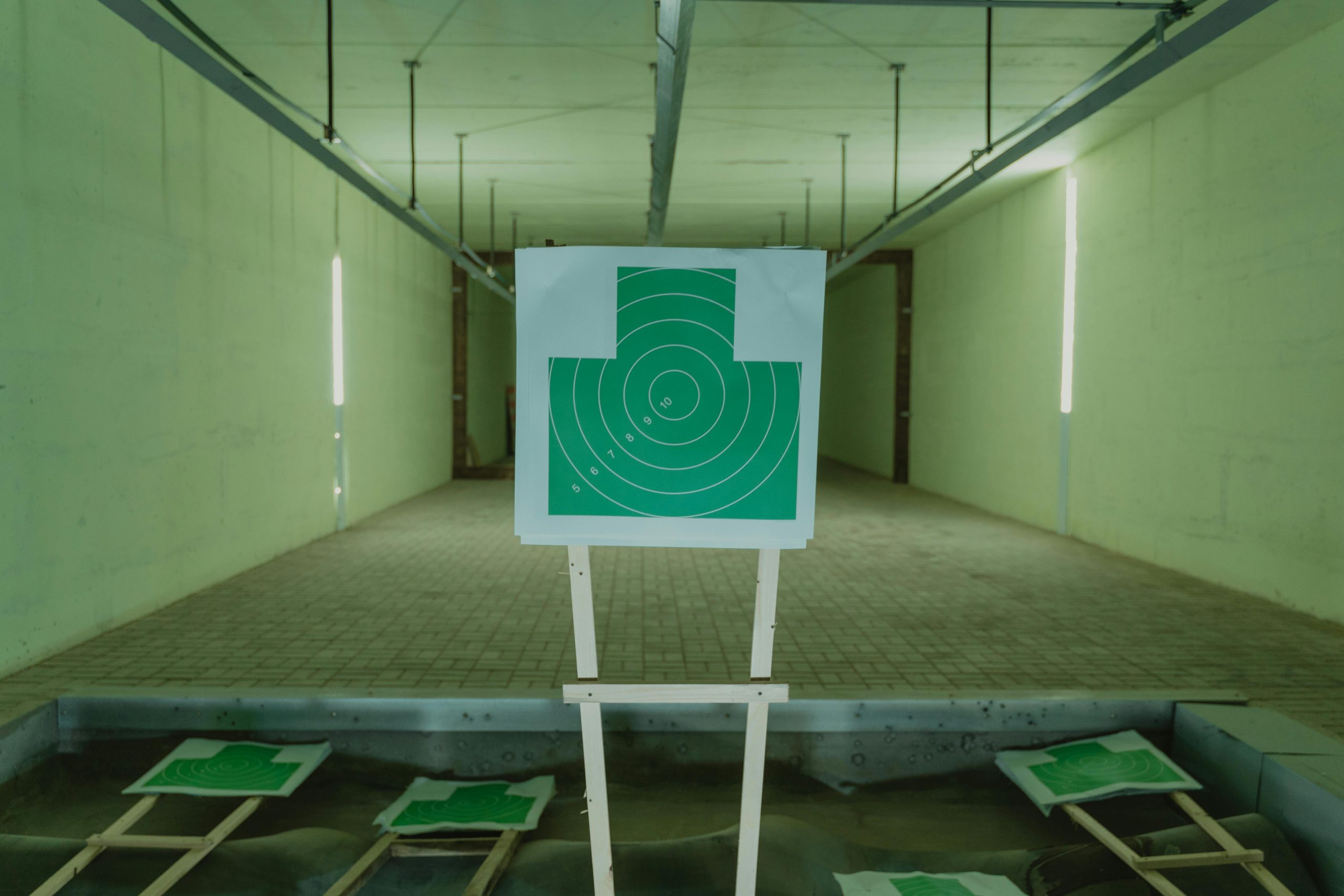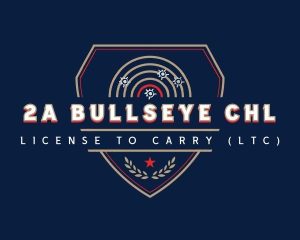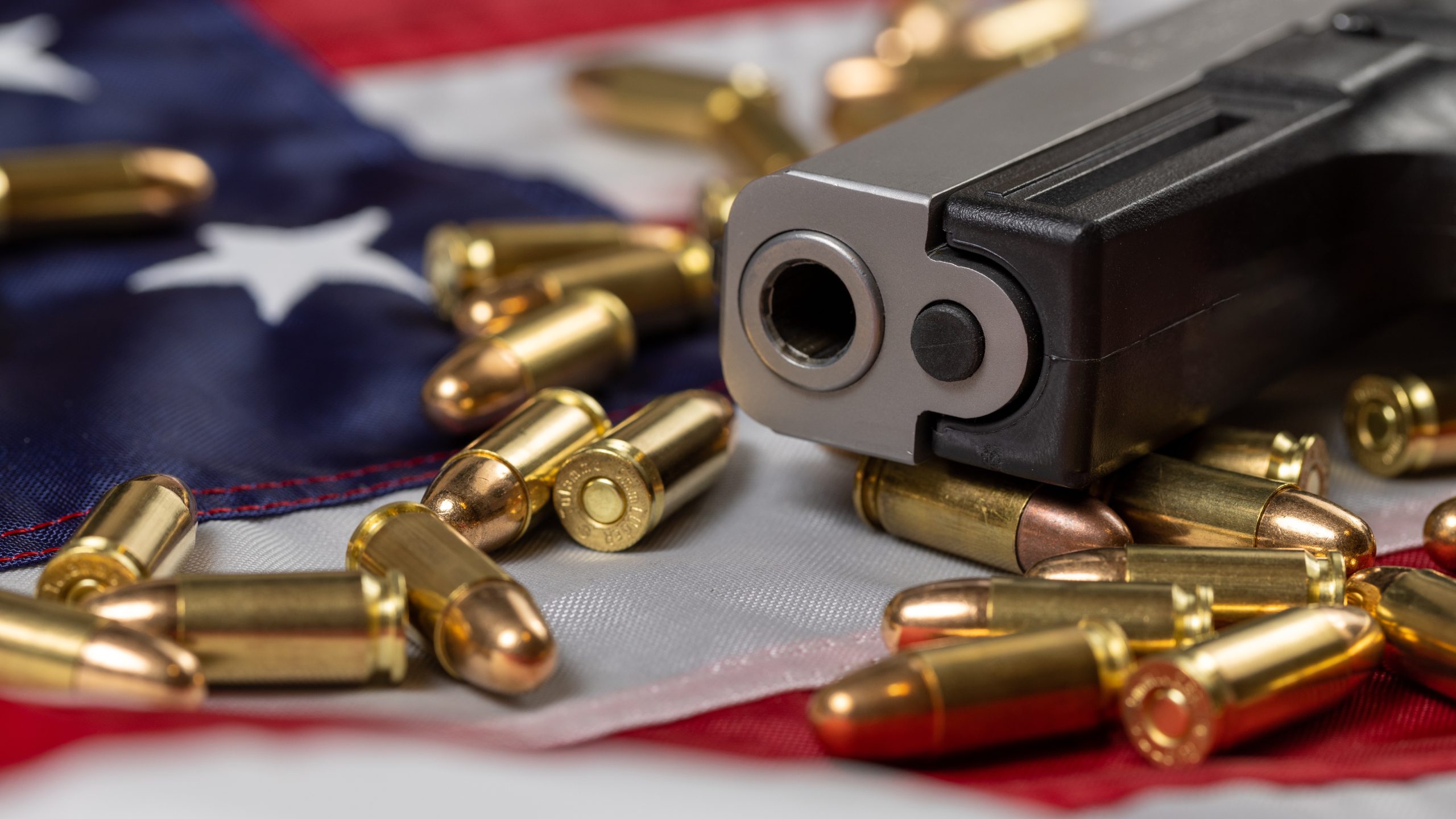
Firearms training is not only about physical skills but also about mental preparedness. Popular topics include overcoming fear and building confidence, and the Mental aspects of self-defense.
Firearms training often focuses on physical skills like aiming, shooting, and reloading, but the mental aspect of using a firearm is just as crucial—if not more so. In the heat of a high-stress situation, your physical training may be rendered ineffective without the mental readiness to support it. For those involved in self-defense or combat shooting, the psychological component is paramount. This includes overcoming fear, building confidence, and understanding the psychological effects of using a firearm in life-threatening situations. Mental preparation can be the difference between a successful response to danger and a catastrophic failure.
Overcoming Fear
Fear is one of the most natural reactions to dangerous situations, and it can be both beneficial and detrimental. On one hand, fear activates the body’s “fight or flight” response, heightening awareness and preparing the individual to respond quickly to threats. On the other hand, overwhelming fear can cause indecision, paralysis, or erratic actions that can put you in greater danger. For a firearm owner or someone training for self-defense, the key is learning how to manage fear—not eliminate it.
Understanding Fear in High-Stress Situations
When you face a potential threat, fear can manifest in various ways, such as elevated heart rate, shallow breathing, trembling, and tunnel vision. These physiological responses are designed to prepare you for quick action, but they can cloud your judgment if not managed properly. The goal in firearms training is not to eliminate fear but to learn to control it. Fear is an emotional and physiological reaction that can overwhelm your senses, impair decision-making, and lead to hesitation or poor performance under stress.
Techniques for Overcoming Fear
One of the most effective ways to combat fear is through repetition and exposure. Just as athletes train their bodies through repetitive drills, shooters must practice in stressful scenarios to build mental toughness. Training with live-fire drills, simulations, or stress inoculation exercises helps prepare the mind for the intensity of a real-life situation.
Additionally, mental imagery or visualization is a powerful technique. By imagining high-pressure scenarios where you remain calm and focused, you can condition your mind to respond effectively when faced with danger. Visualization helps engrain the behaviors and thought processes needed in high-stress environments. It also aids in reducing the fear response over time, as the brain learns to associate the situation with a calm, controlled response.
Building Confidence
Confidence is another vital mental attribute in firearms training. A lack of confidence in your abilities can lead to hesitation or second-guessing during crucial moments. Whether you are carrying a firearm for self-defense, practicing at the rang Confidence Through Training e, or involved in competitive shooting, your confidence in your training and decision-making is essential.
Confidence Through Training
One of the most straightforward ways to build confidence is through consistent, deliberate practice. When you repeatedly train in a controlled environment, you gain familiarity with the firearm and its operation. Over time, this repetitive practice helps to reduce the “unknowns” of using a firearm and builds comfort. You will become more confident in your ability to manipulate the firearm, fire accurately, and react to various scenarios.
Confidence is also rooted in knowing you can handle situations that may arise. Firearms training that simulates real-world threats, such as reacting to a home intruder or dealing with hostile encounters, allows you to envision how you will perform under pressure. As you encounter different training scenarios, you will develop the belief that you can handle stressful situations effectively.
Building Self-Confidence After Fearful Experiences
For many people, especially those who have never been in a high-stress situation involving firearms, there is a level of fear and doubt that can arise after initial training experiences. In such cases, building confidence involves reframing negative experiences. If a person struggles with a specific skill, whether it’s clearing malfunctions, rapid target acquisition, or shooting on the move, focusing on gradual improvement and celebrating small victories will help to build confidence.
Positive reinforcement plays a role here. Recognizing progress—whether it’s improving accuracy or maintaining composure during a stressful drill—boosts self-esteem and reinforces the belief that you are capable of defending yourself if necessary.
Get Your Texas LTC Online
You can now take the official Texas license to carry class online. Our online Texas LTC class is approved statewide by Texas DPS. We are Texas state certified online LTC course providers. The course is available 24/7, enroll below.

